We discuss the development, design, history and use of the FN FNC, an oft-forgotten Cold War military rifle.
It took years for NATO to agree to standardize on the 7.62x51mm cartridge only for the U.S. to turn around and lobby for the adoption of the 5.56x45mm cartridge instead. This made many European countries in the NATO alliance feel as if the U.S. was trying to force them to buy American equipment, and they weren’t happy about it.
Many of these nations were using 7.62 FN FAL rifles at this point, and while they’re excellent guns, NATO leadership saw the writing on the wall that 5.56 was the next logical progression in cartridge choice.
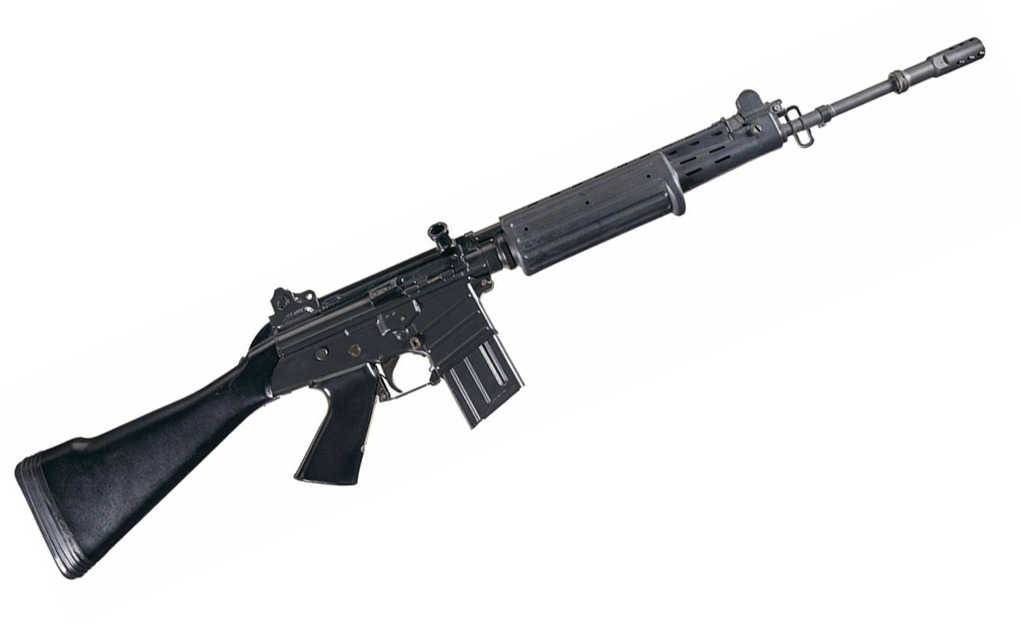
FN had developed the FN CAL (Carabine Automatique Légère), a rifle that was essentially a scaled-down version of the FAL chambered for 5.56 that was designed to replace the FAL, but the CAL fell short of its big brother’s reputation. Part of the design intention for the CAL was to be a cheaper rifle to produce, but it ultimately proved to still be too complicated and expensive among other issues. FN knew that a new design was needed, and by the early 1970s, FN introduced the FNC (Fabrique Nationale Carabine)—the heir apparent to the FN FAL.
For the most part, its reception was crickets. NATO countries did not jump at the chance to adopt the FN FNC.
The FNC was an excellent rifle design, but it never approached the popularity of the FN FAL during its lifetime. By the 1980s when the FNC design was refined and improved, many countries were already looking at more modern rifle designs like bullpups or had simply embraced the M16 platform. Never quite in the right place at the right time, the FN FNC is truly an underappreciated Cold War military rifle.
FN FNC Development
As mentioned, FN’s first attempt at a 5.56 version of the FAL was the CAL, but it ultimately just wasn’t a good design and never really went anywhere other than the sale of a few small batches. Besides some problems with the rifle itself, the goal of this endeavor was to make a gun that was very inexpensive to manufacture. While cheaper and simpler than the FAL, it was still too complicated and expensive to produce.
The story of the FNC really starts in the early 1970s when the French military was interested in a carbine-length rifle chambered in 5.56, and the French were already internally developing the FAMAS to fill that need. The French were open to adopting a foreign design, however, as they had tested the FN CAL in earlier trials. They rejected the CAL, however, and this inspired FN to go back to the drawing board and refine it into the FNC in hopes that they could still get a piece of the military contract pie. The French didn’t end up biting as they adopted the FAMAS instead, but the story doesn’t end there for the FNC.
By 1976, the design had been improved and the new prototype rifle was called the FNC 76. This version took part in some Swedish military trials, but newly discovered issues resulted in FN going back for some further development. By 1980, it was dubbed the FNC 80, and this is essentially the final version of the original FN design.
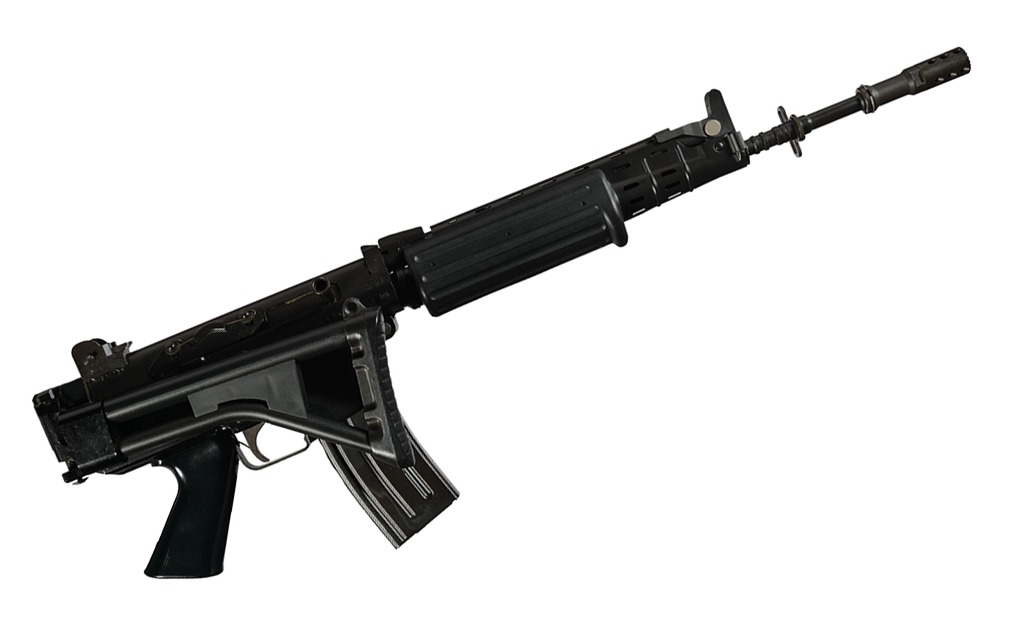
Military Buyers of the FN FNC
The FNC did not experience the widespread NATO adoption that FN hoped for, but it was still a relatively successful product for the company. A few countries purchased rifles outright, and two of those would go on to license production from FN so they could build their own. Indonesia adopted the FNC in 1982, and later the firearms manufacturer PT Pindad licensed the design to produce a modified version called the Pindad SS1. This licensed copy was tweaked for the tropical environments of Indonesia and Indonesian armed forces have relied on the SS1 and the updated SS2 ever since.
In the meantime, the Swedish military conducted trials and adopted a modified FNC design into service in 1986 as the Ak 5. Sweden is the only other country besides Belgium and Indonesia to build the rifles themselves. Belgium, the home of FN Herstal, would also adopt the FNC as a replacement for their aging FN FALs.

Some smaller nations like the Democratic Republic of Congo, Tonga, Sri Lanka, El Salvador and others also adopted the FNC, and it continues to see service around the world today.
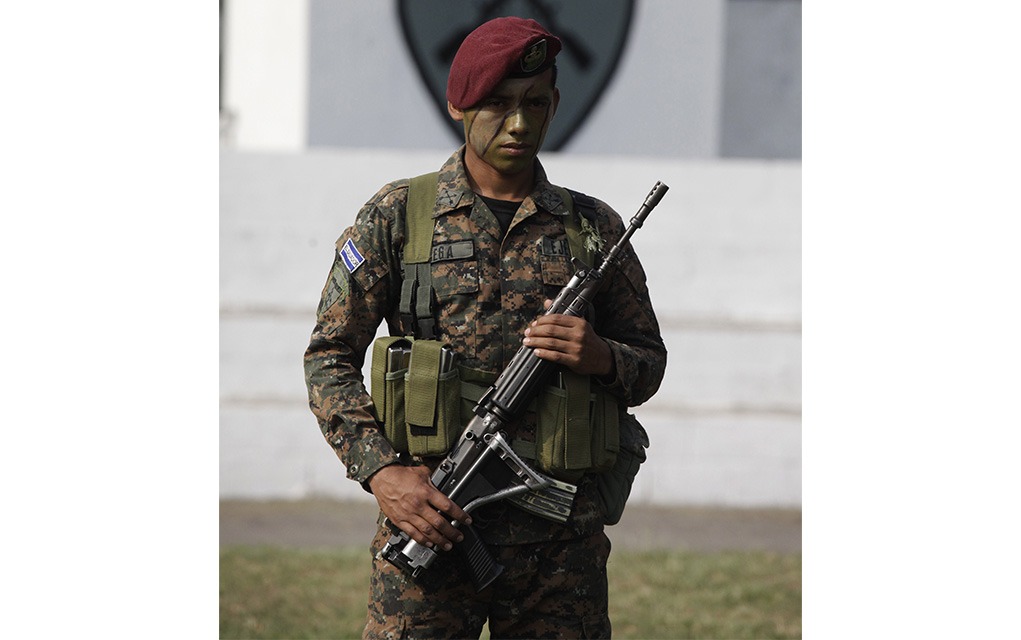
How The FNC Works
The FNC was designed as a select-fire rifle with a gas-operated long-stroke piston system with a rotating two-lug bolt. Sounds a lot like an AK, doesn’t it? Well, the engineers at FN went with simplicity when designing the FNC and it resulted in some fundamental similarities with the Kalashnikov system. That said, the two designs are still very different and have zero parts compatibility between them.
The FN FNC carbine has a barrel length of 14.3 inches and an overall length of 35.9 inches with the stock extended. One nice feature of the FNC is that the stock folds to the right of the receiver and it can be fired with the stock folded. The overall length of the carbine model with the stock folded is 26.3 inches and it weighs 8.2 pounds. A rifle version with a 17.7-inch barrel was also produced.
As for magazines, the FNC is compatible with STANAG M16 mags, but they’re not entirely identical. While both types of mags will function in both rifles, the FNC does not lock open after the last round is fired so the follower of its magazine has no bolt-hold-open feature like those of M16s/AR-15s.
The FNC’s sights are reminiscent of the FAL and consist of a rear sight with flip apertures, one for 250 meters and the other for 400 meters, and an adjustable post front sight protected by two sturdy wings. The FNC could be equipped with an optic, but it was designed in an era when optics were not the norm on military rifles.
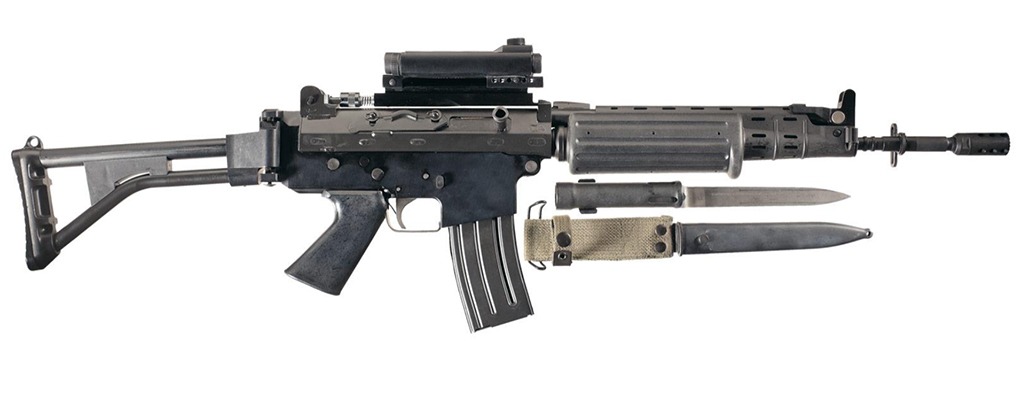
Cost was a large consideration when developing the rifle, hence it is built with less expensive components. The lower receiver is aluminum, similar to an M16, and the upper is stamped steel similar to many other military rifles of the era like the AK. Stamped steel is more cost-effective than machined aluminum, though it does add weight to a design. Despite having a barrel that’s just over 2 inches longer, an M16A1 weighs about 2 pounds less than the rifle variant of the FNC, though that also has to do with their different operating mechanisms.

Controls on the FNC are similar to the M16. On the right side of the lower receiver is a familiar-looking magazine release button. On the left side is a 4-position fire-selector that allows the user to flip between automatic, 3-round burst, semi-auto and safe. One interesting feature of the FNC is its moving dust cover for the reciprocating charging handle. The spring-loaded dust cover is positioned over the charging handle slot in the upper receiver and as the charging handle moves rearward when cycling, it moves to cover the slot when firing, keeping the internals protected at all times.

The FNC’s gas regulator is another good piece of design worth discussing. This is because unlike being located on the gas block on the muzzle-end of the barrel like on most guns with adjustable gas, the FNC’s is instead found on the top of the barrel at the breach end next to the receiver. This allows for the regulator to stay cool to the touch so it can be operated with your fingers after firing enough to heat up the system. The FNC regulator has just two positions, one for normal firing mode and one for adverse mode which directs all the gas into the piston in the event the rifle is fouled and needs more gas to cycle. A gas cut-off lever is also built into the front sight base for launching rifle grenades.
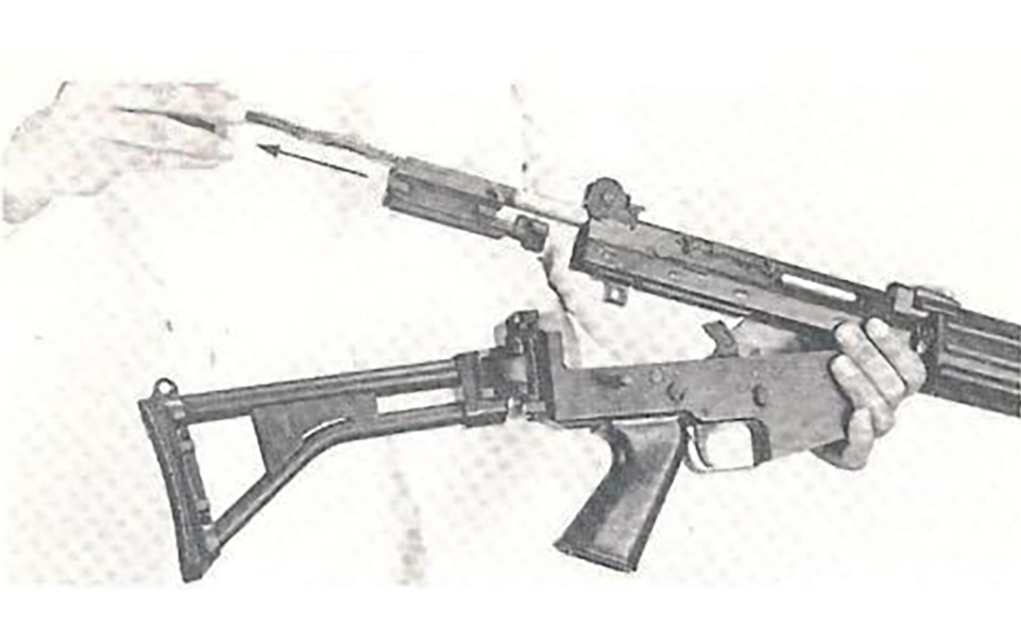
The FNC field strips similarly to an M16, with two captured pins holding the upper receiver to the lower receiver, but it also strips a bit like an AK as the bolt carrier/piston assembly is a single component.
Legacy Of The FN FNC
While the FNC has been used in many smaller conflicts across the globe, it never became a notable gun that was very strongly associated with any of them. As a Cold War rifle, it was always overshadowed by AKs, M16s, and battle rifles like the G3 or even the FN FAL that inspired it. Interestingly, the conflict that the FNC may become the most strongly associated with is one that is still ongoing: the Russo-Ukrainian War. This is because Belgium donated a large number of rifles as aid to Ukraine and they’ve been seen in the hands of many Ukrainian soldiers since then. This donation garnered some attention within the gun world and brought the oft-forgotten FNC back to the minds of many shooters.

That said, it’s highly likely at this point that the most lasting legacy of the FN FNC will be from Hollywood rather than any real-world conflict. This is because the FNC was prominently used by Al Pacino’s character in the most famous scene of Michael Mann’s iconic heist movie Heat. The film is a must-watch for any gun guy, and it provided some of the best footage of the FNC in action that exists. Is it a rifle that a Los Angeles detective in the 1990s would actually have? Of course not, but the rule of cool trumps realism every time.
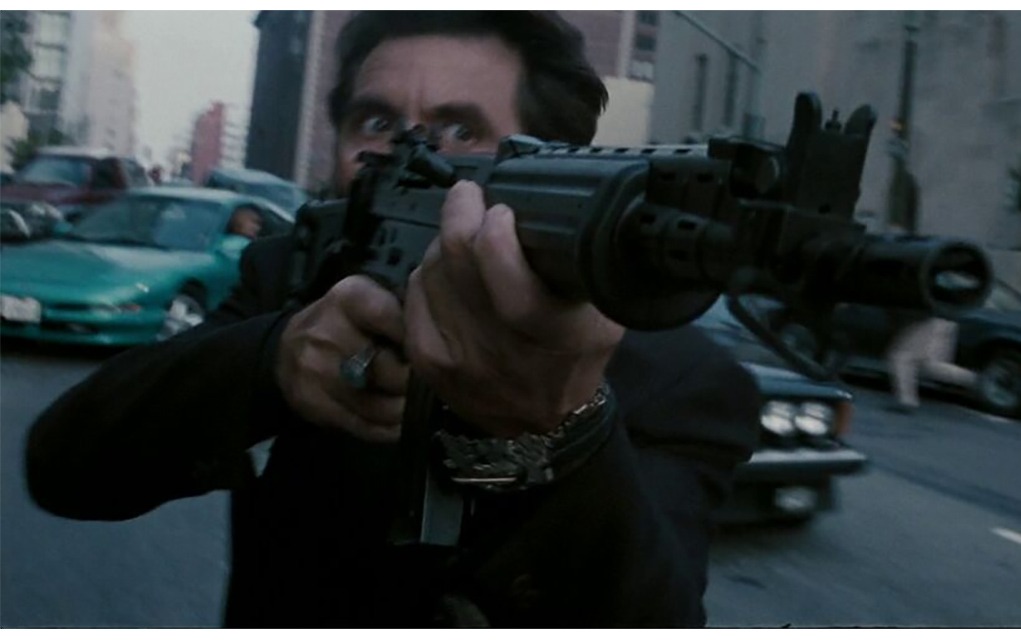
Owning An FNC Today
About 6,000 semi-automatic sporter FNC rifles were imported into the U.S. before the 1989 ban. The importers were Steyr, HOWCO and Gun South, and between them, they brought in a few variants with different barrel lengths and stock configurations.

If you want to own an FNC today, be prepared to drop some big bucks. Of the roughly 6,000 rifles imported before 1989, a large number of those were legally converted to transferable machine guns before the registry closed in 1986. This means that of the relatively few that were imported, even fewer of them are still standard semi-auto rifles, resulting in their value going up quite a bit. For a normal, used semi-auto model, online prices are currently hovering at around $7,000. For a transferable machine gun FNC, average prices are closer to $30,000.
The high price of the semi-autos is further explained by another complicating factor: transferable auto sears. To make a long story short, because the upper assembly of the FNC is what’s legally classified as a firearm in the U.S. (as opposed to the lower receiver on an AR), it makes it legally possible to modify an FNC's lower to accept a registered auto sear. On an AR-15, because the lower is legally the firearm, it's been impossible to do this since the registry closed in 1986 as it requires modifying the lower which counts as manufacturing a new machine gun.
S&H Arms realized this before the registry closed in 1986, so they manufactured and registered as many FNC auto sears as physically possible. The result is that there are almost certainly more registered FNC auto sears in the U.S. than FNC rifles themselves. For many years, this meant that the FNC was one of the easiest and most affordable machine guns to acquire post-1986, as all one needed to do was buy a semi-auto FNC alongside one of the abundant registered auto sears and put the two together. This, of course, raised the desirability of semi-auto FNCs along with their prices, and today they’re very expensive regardless of whether you want one as a machine gun host or not.
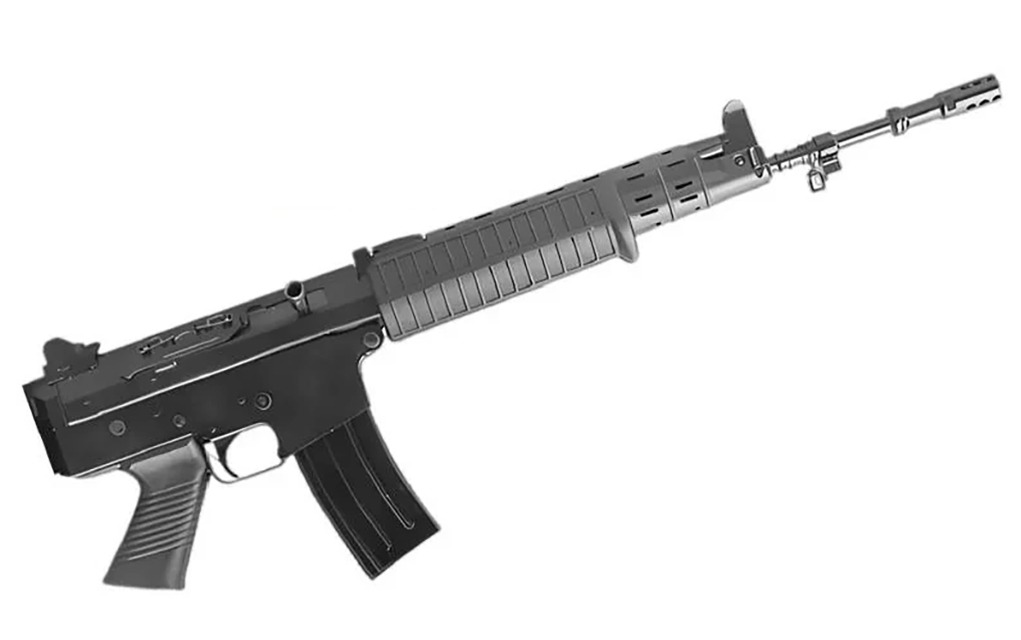
If you still want to own one but don’t have very deep pockets, don’t despair just yet. At SHOT Show 2024, Pindad of Indonesia had some interesting guns on display, including a semi-auto FNC variant called the SS1-C. For importation reasons it appears that they will legally be pistols and brought in without stocks, but registering one as an SBR would allow you to add one. These are yet to hit U.S. shores and no price has been announced, but if these are successfully imported they’ll almost certainly be less expensive than any of the FN-made guns currently available on the second-hand market. Here’s to hoping that Pindad’s efforts will help bring about a small FNC renaissance in the States. We’ll be eager to review one if they ever become available.
More Classic Military Guns:
- Why The Mauser C96 “Broomhandle” Still Looms Large
- The Makarov And Other 9x18mm Pistols
- Nagant Revolver: Unique Relic From Behind The Iron Curtain
- M1917 Enfield: The Unofficial U.S. Service Rifle
- Browning Automatic Rifle: The Gun That Changed the Infantry

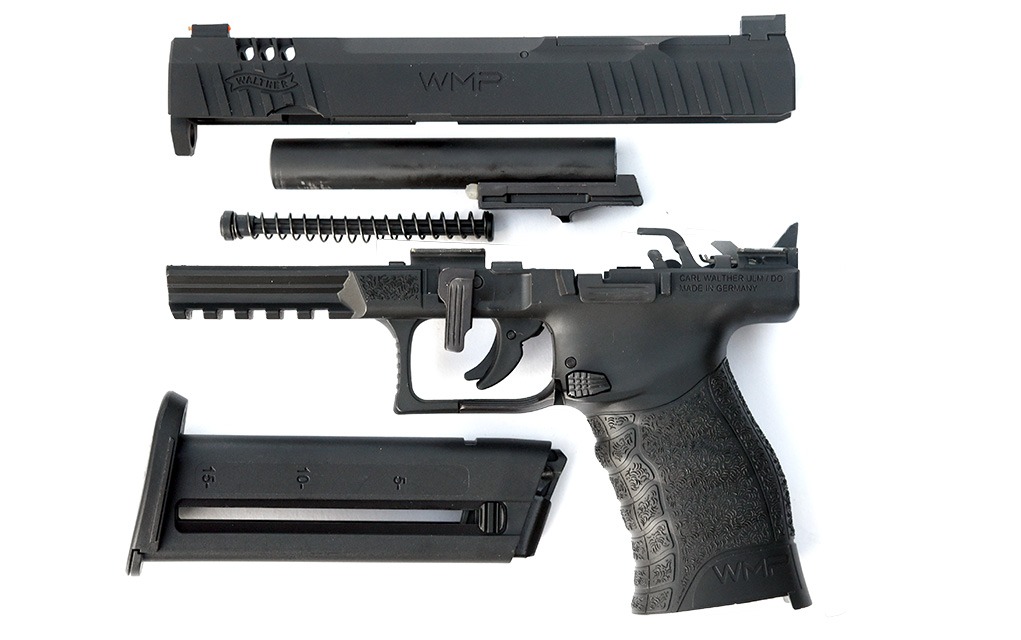
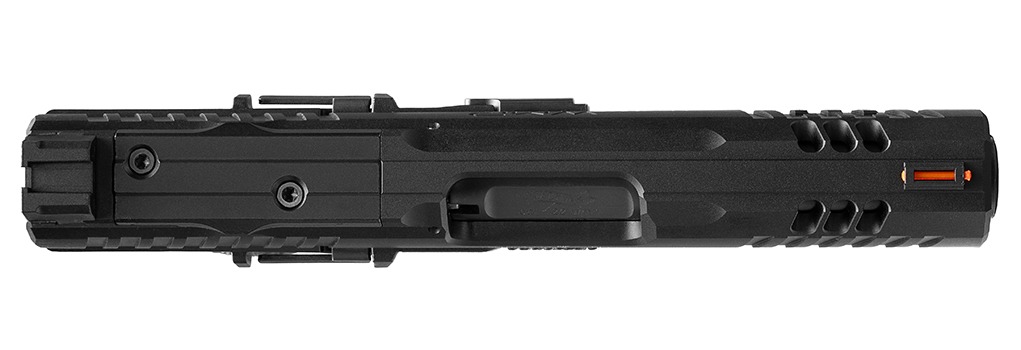
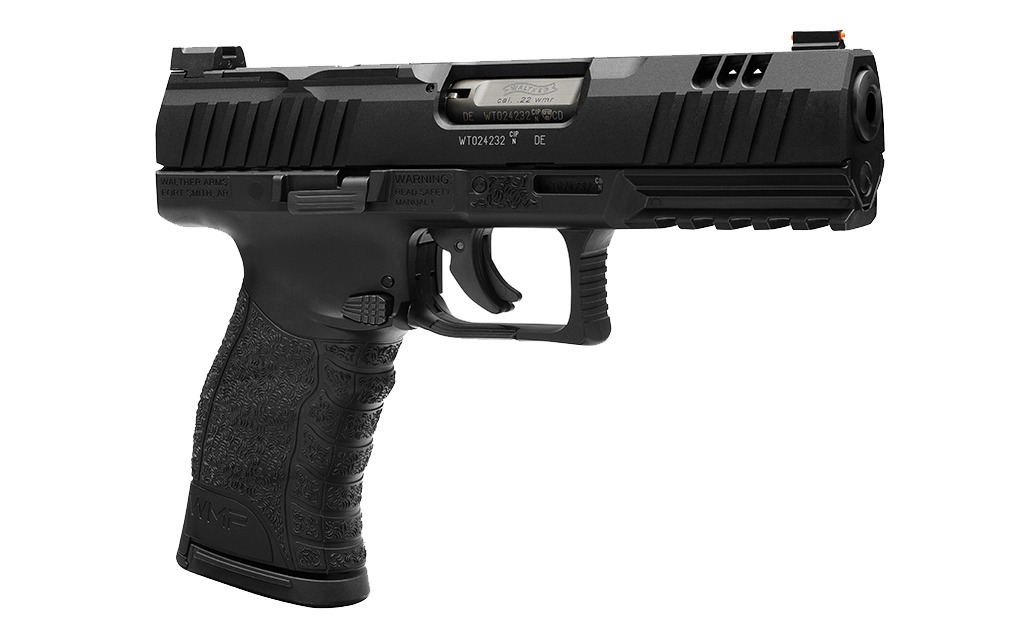


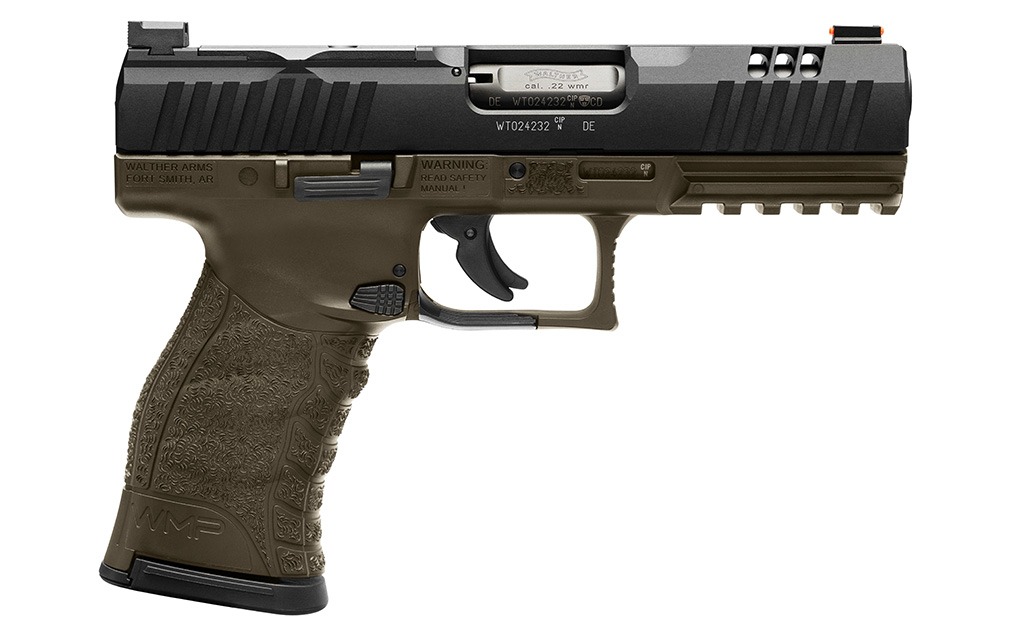


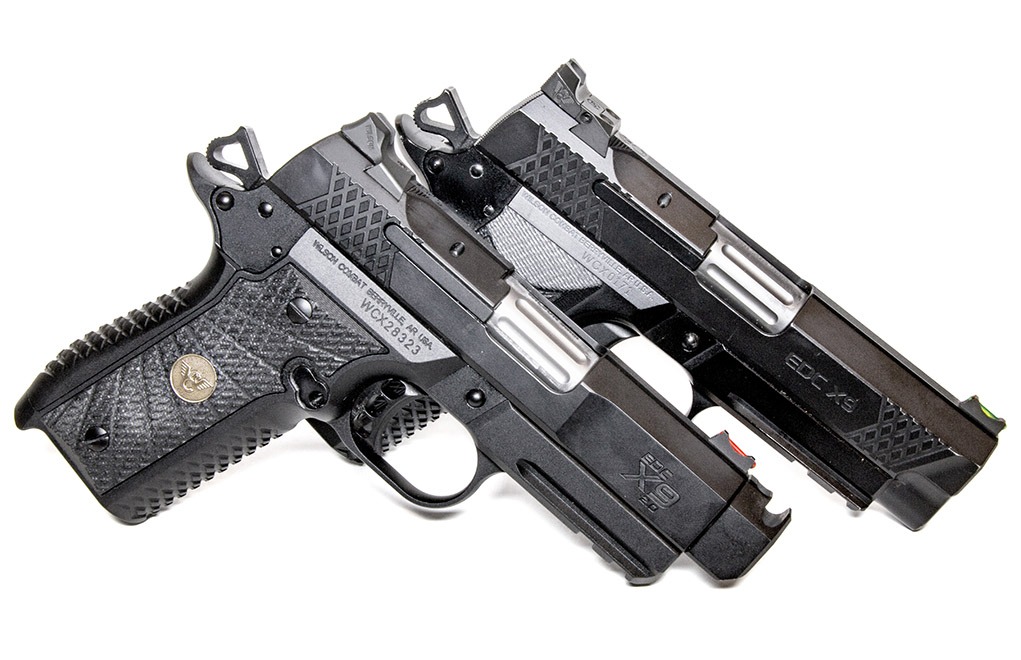
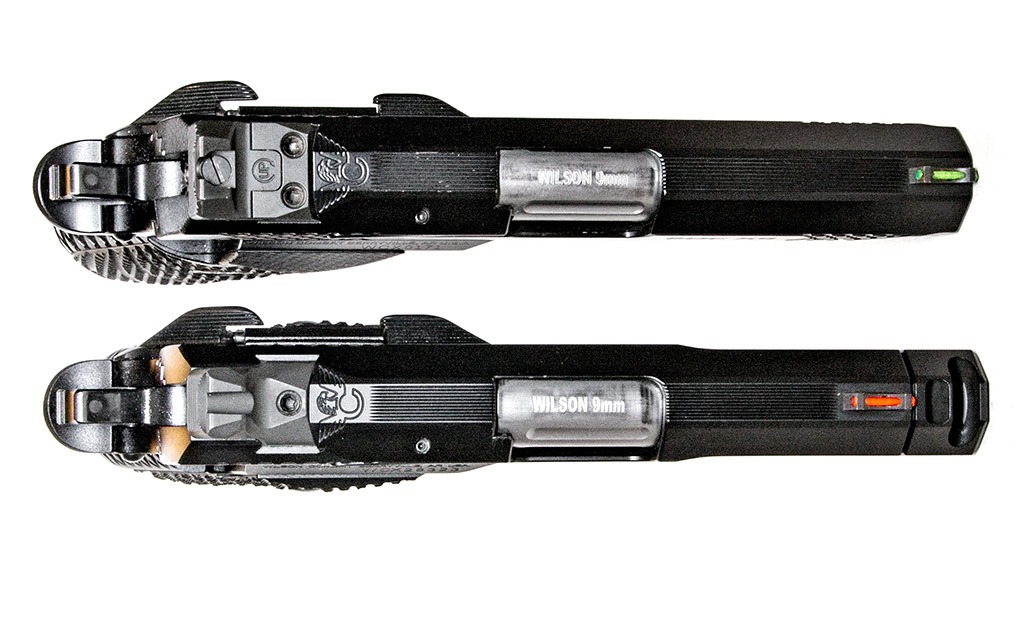
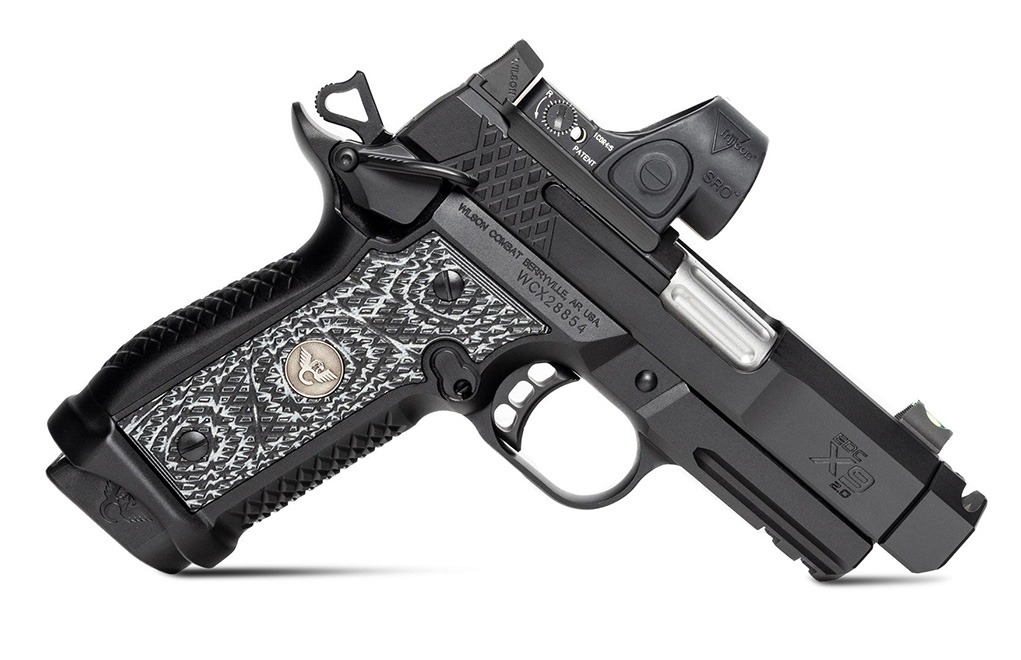

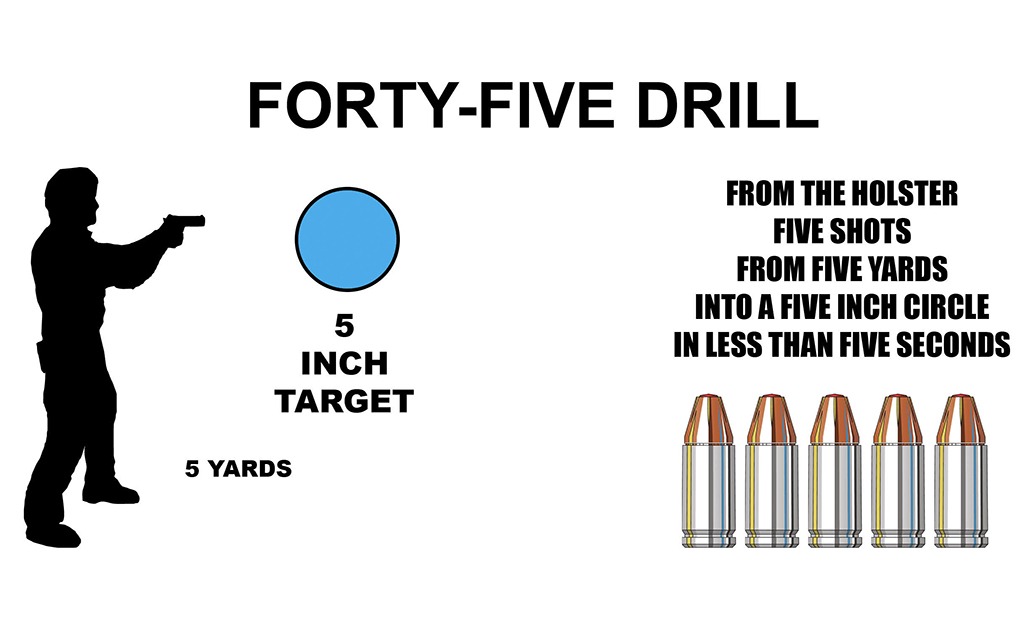
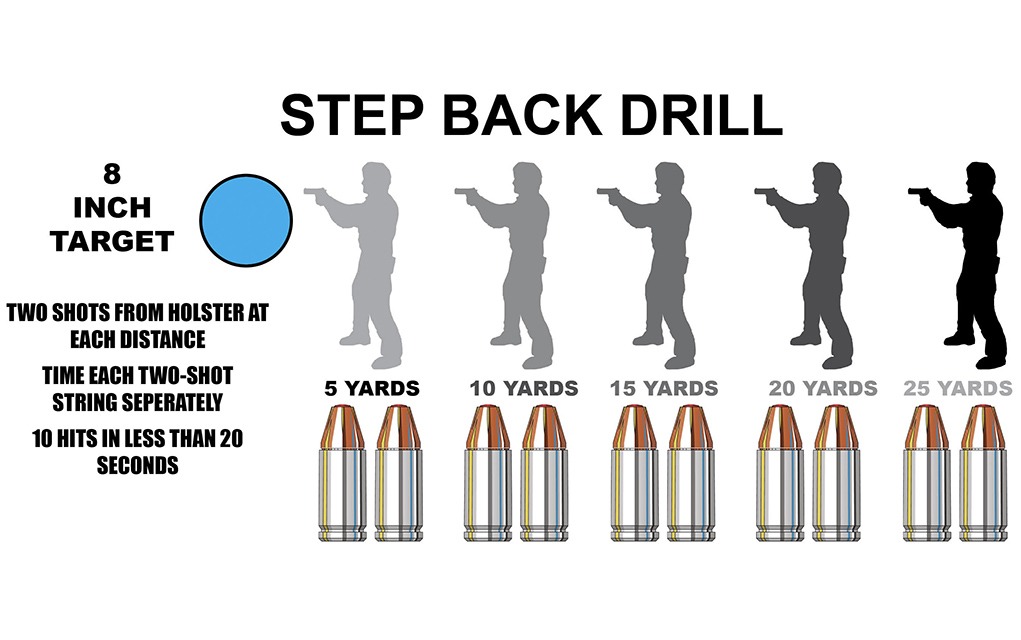
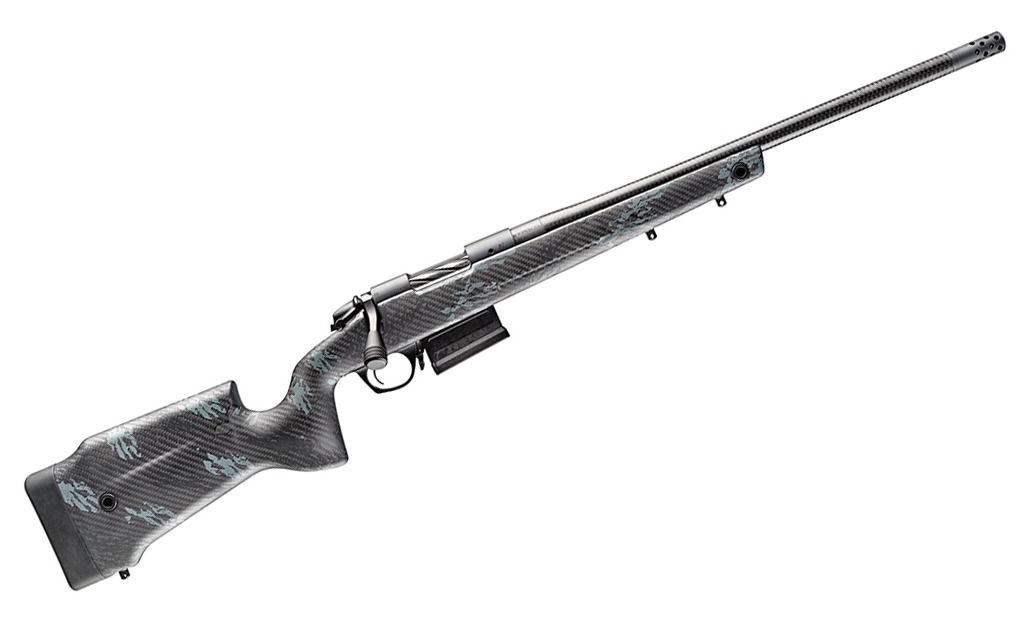
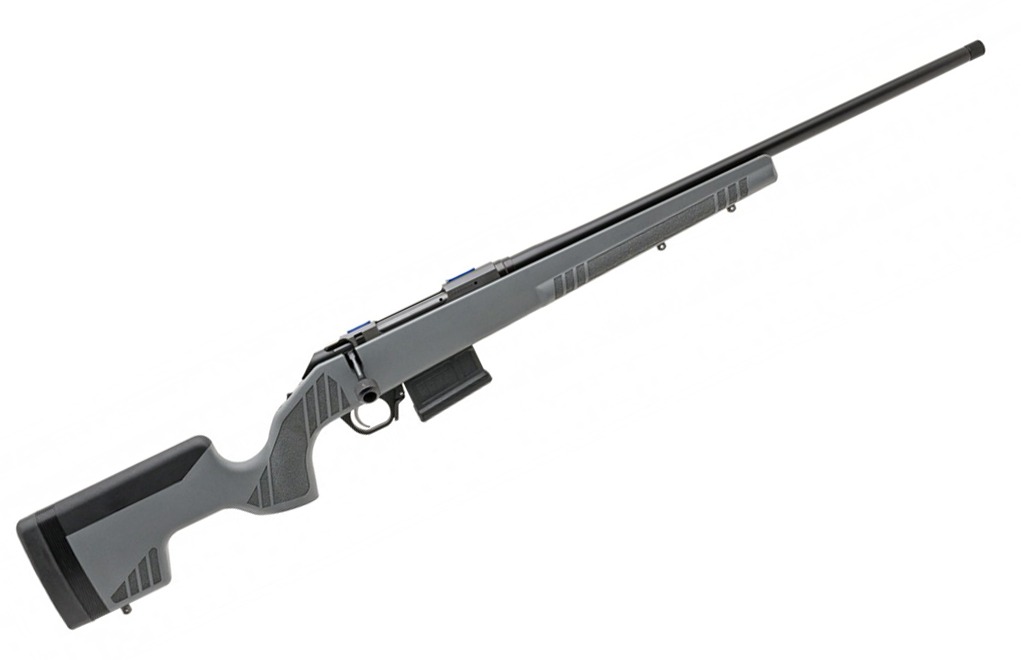
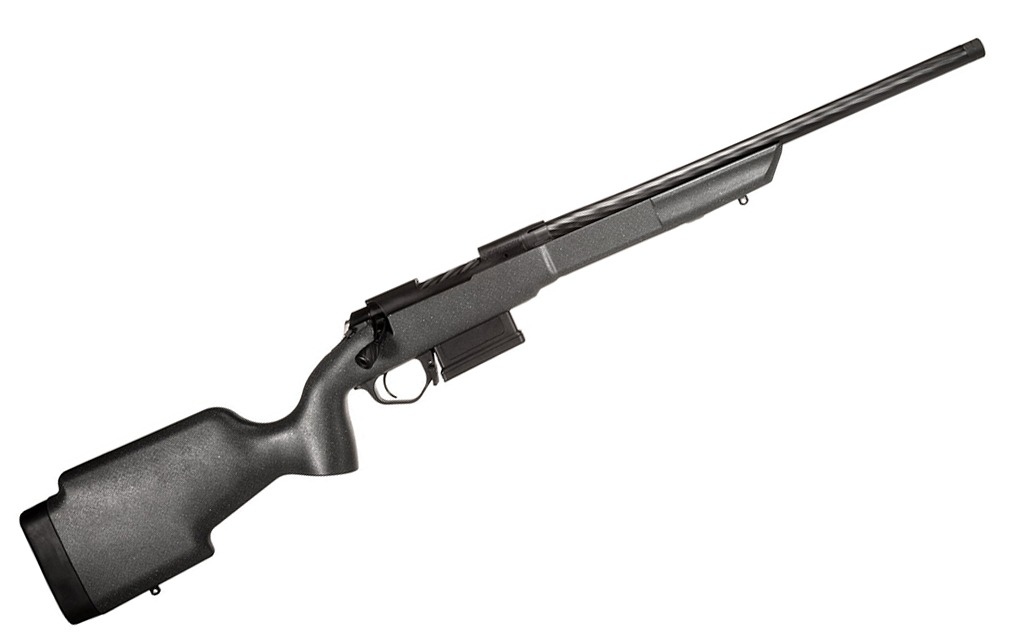
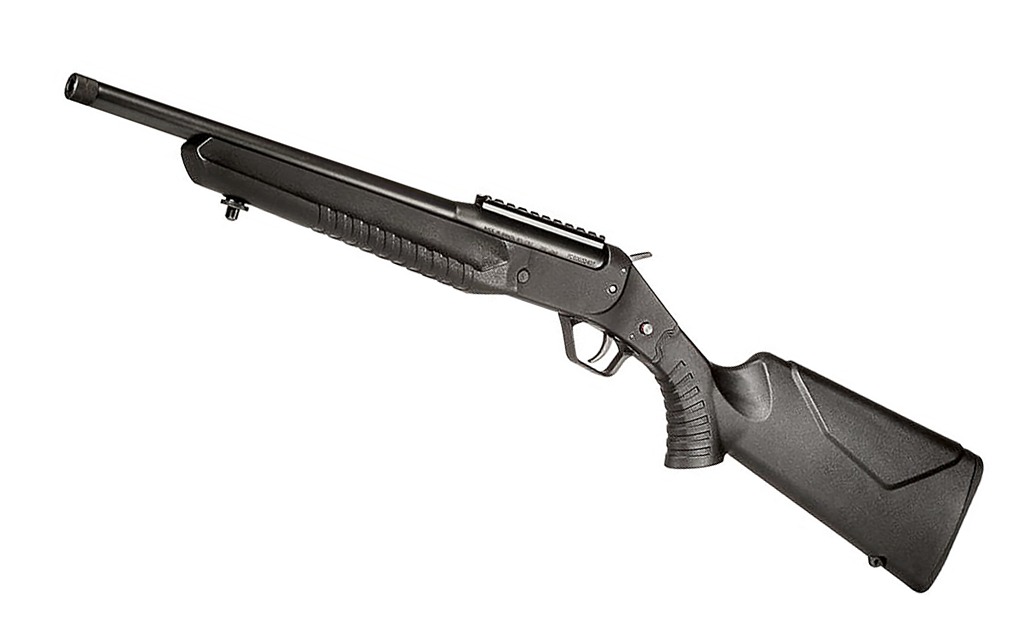

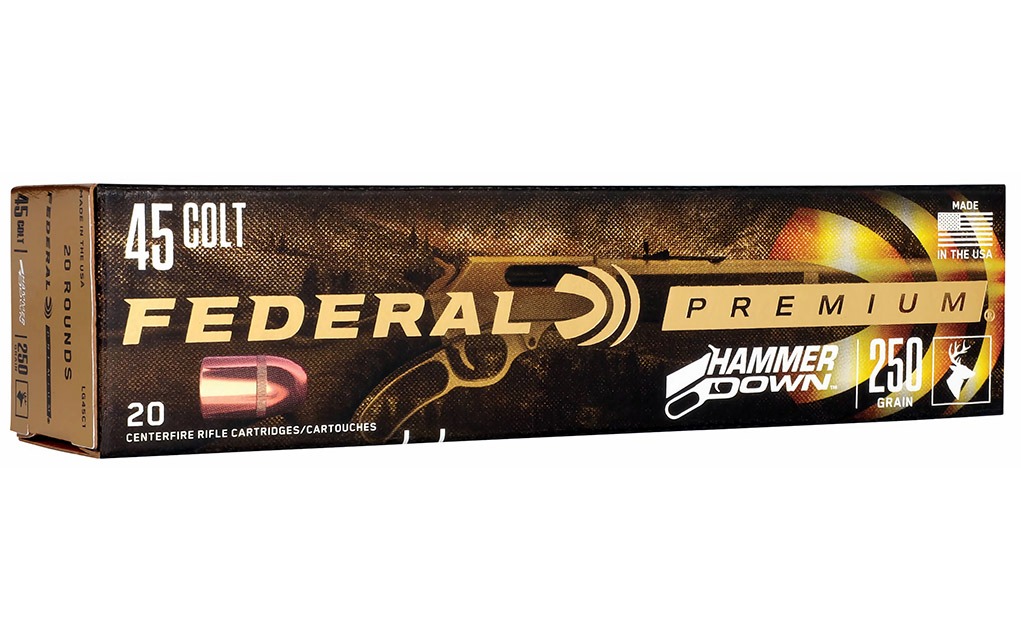

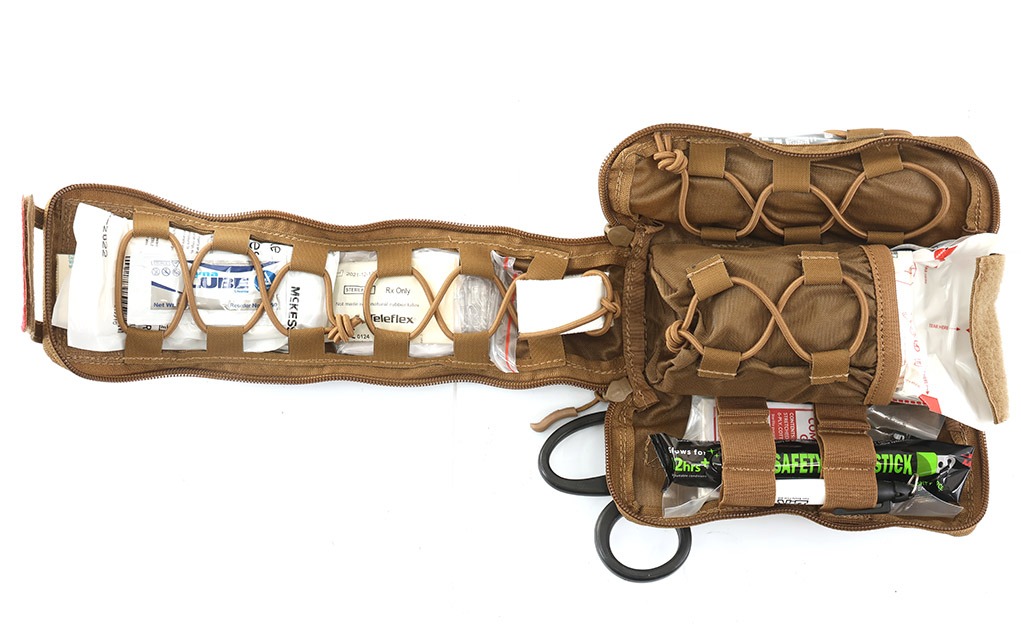
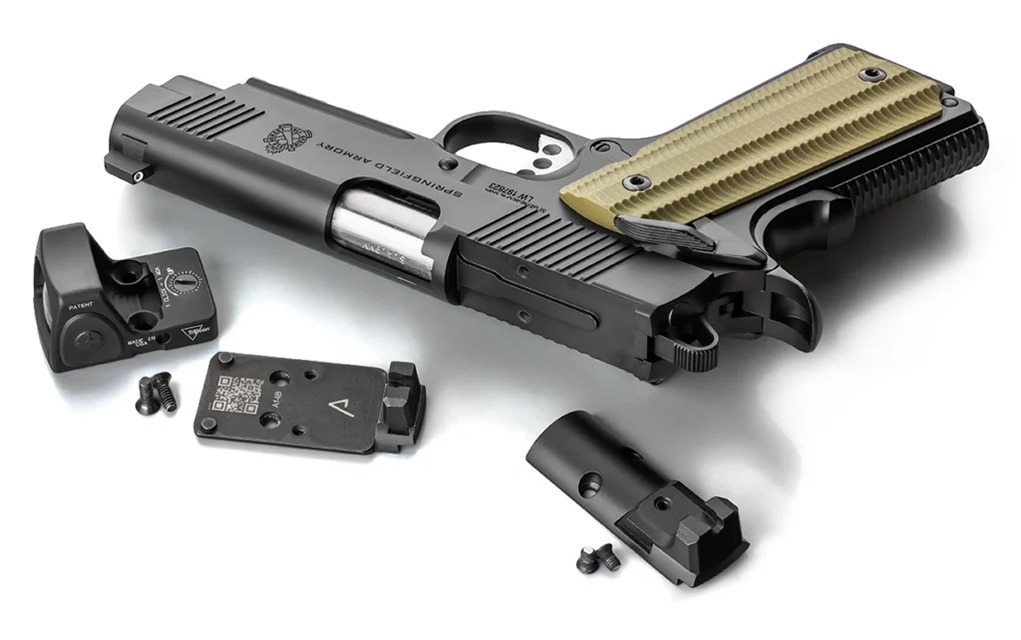
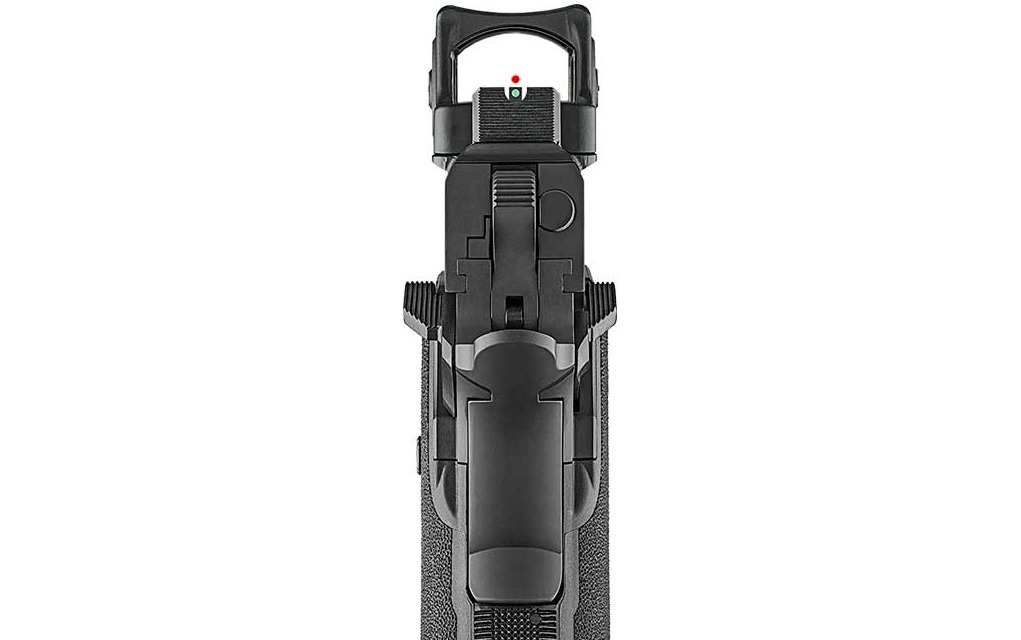

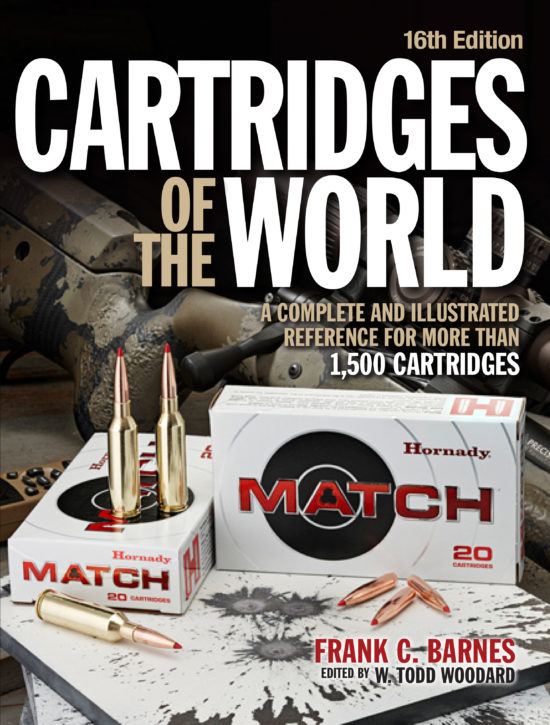

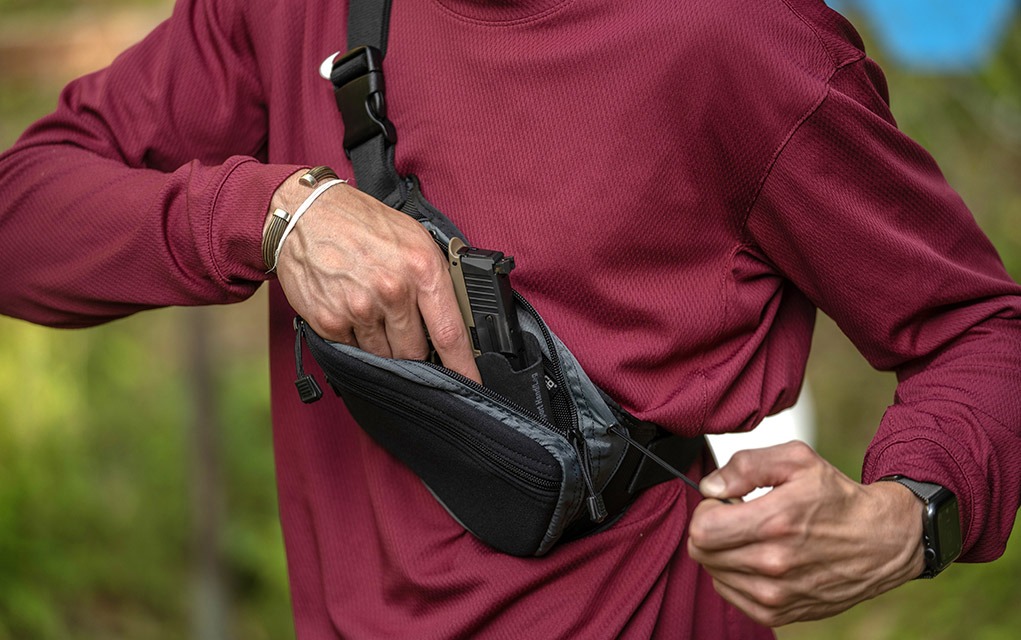
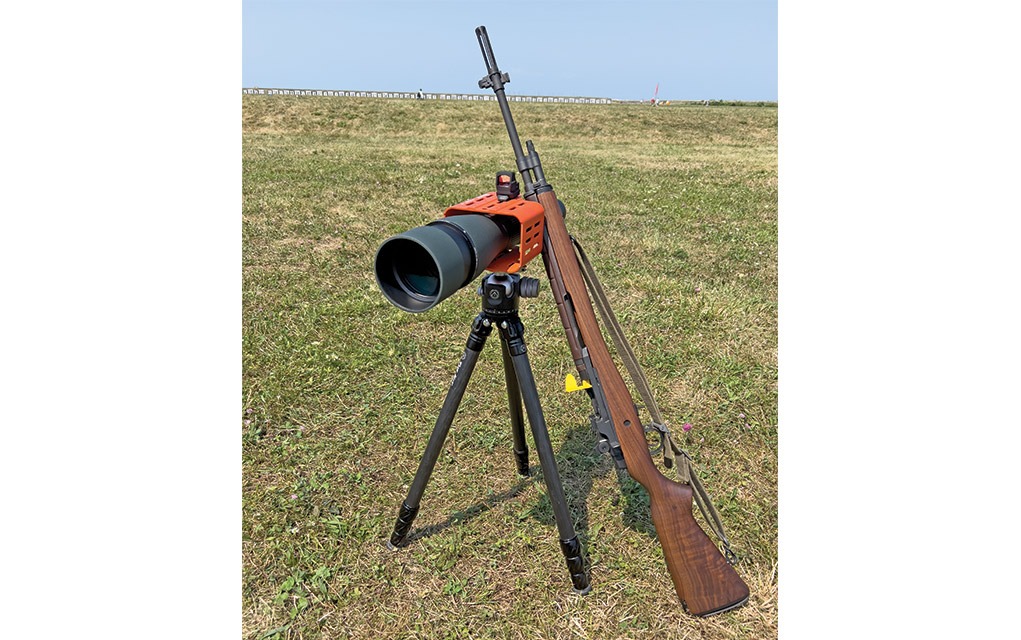

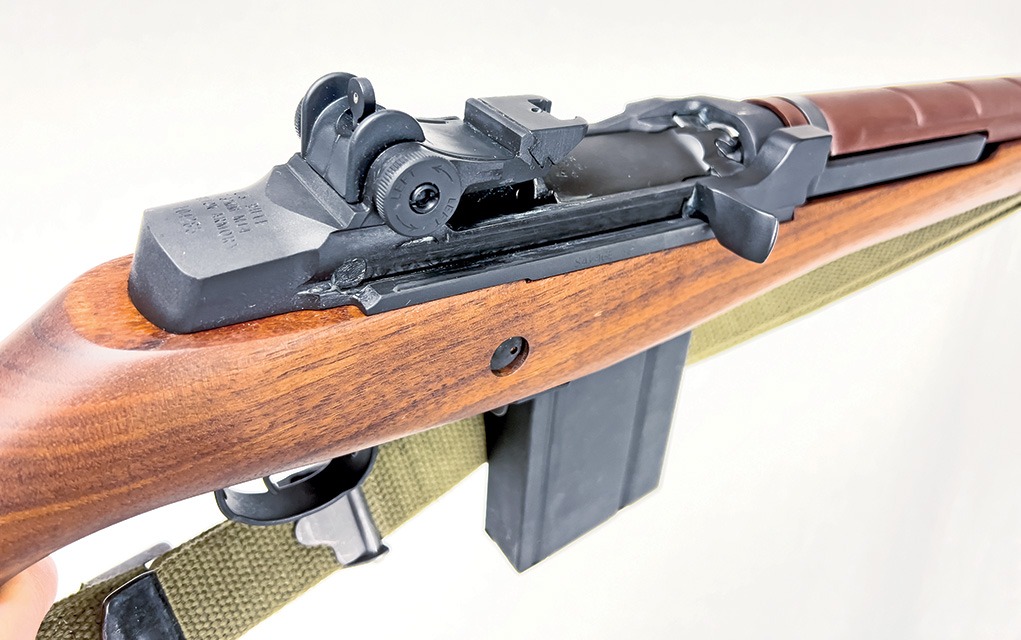


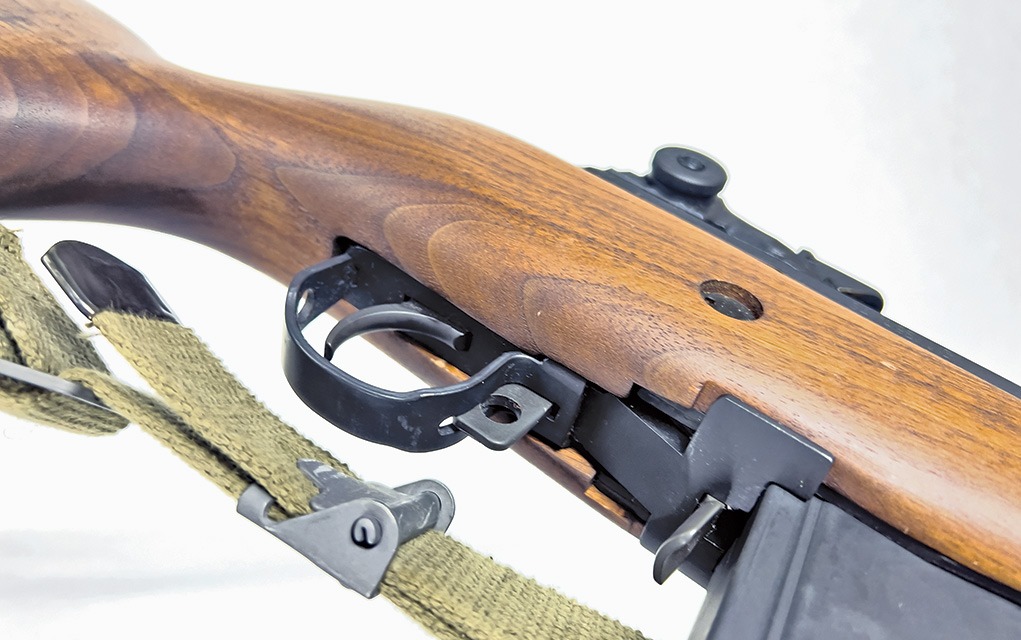
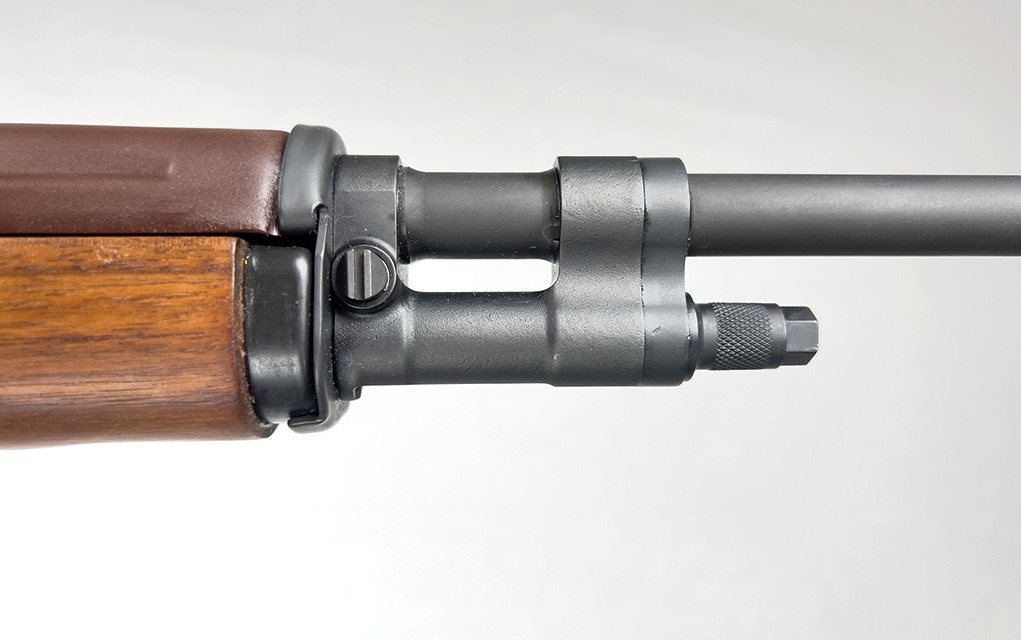

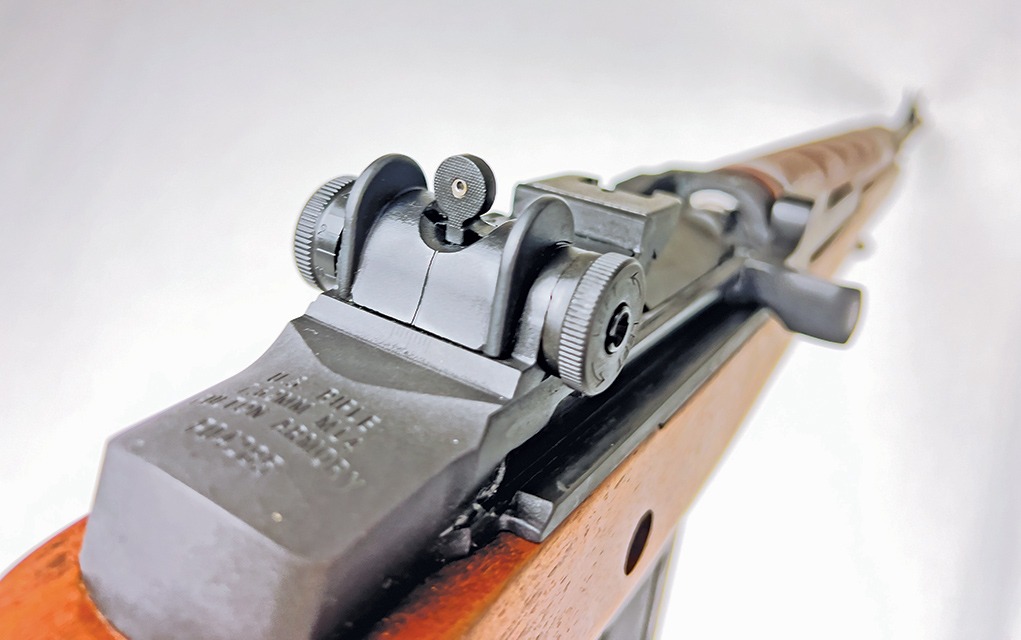
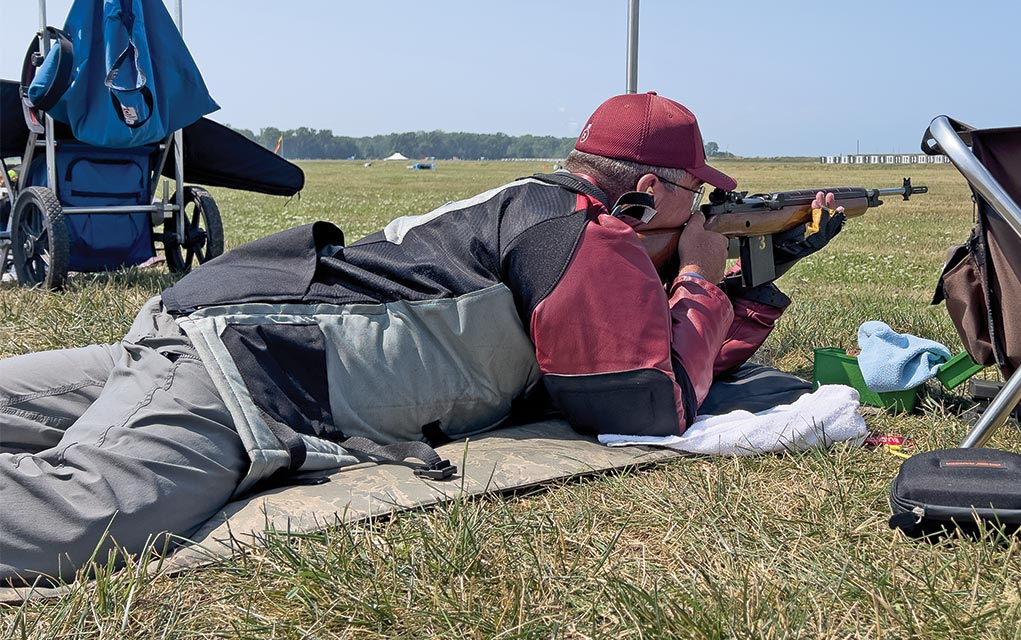
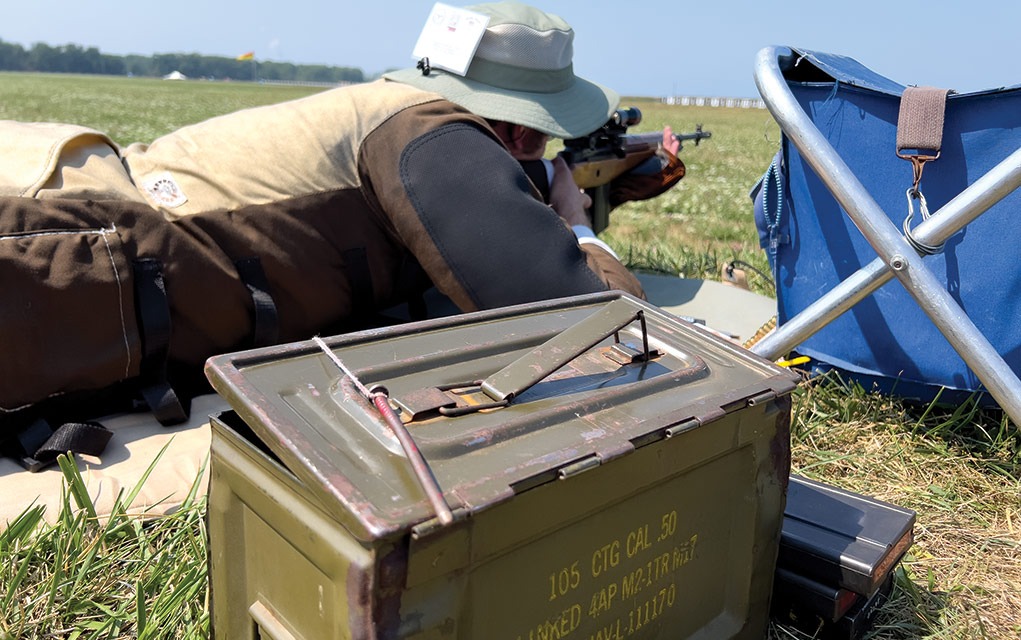
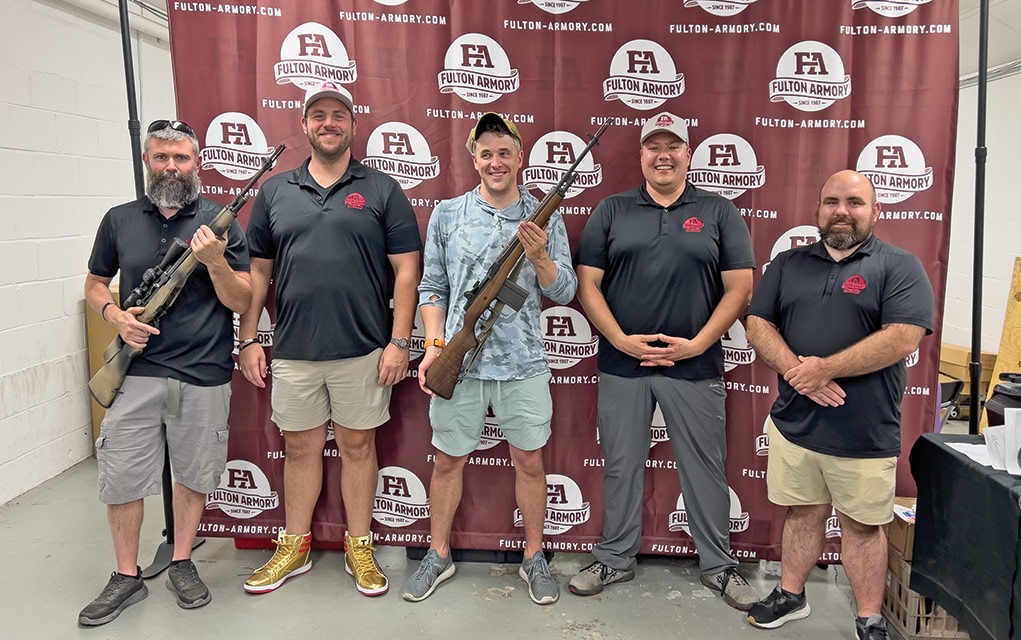

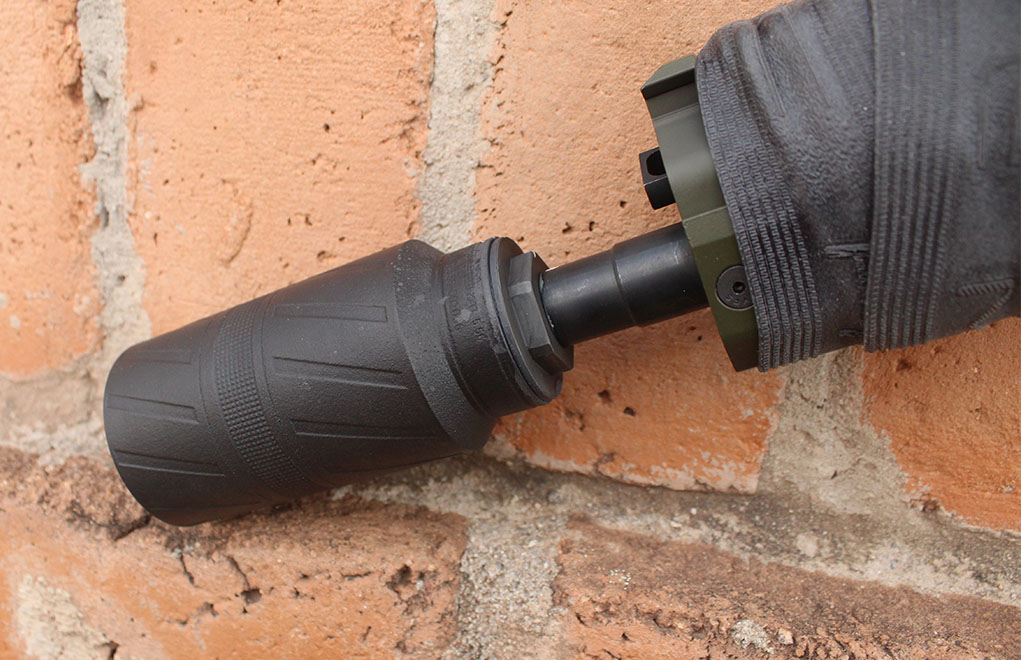
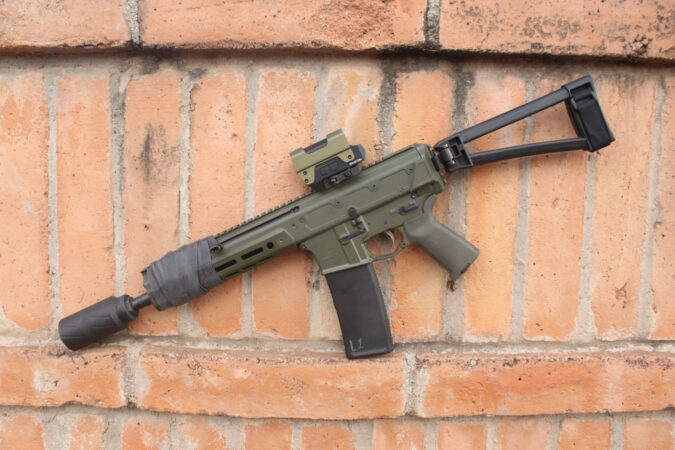


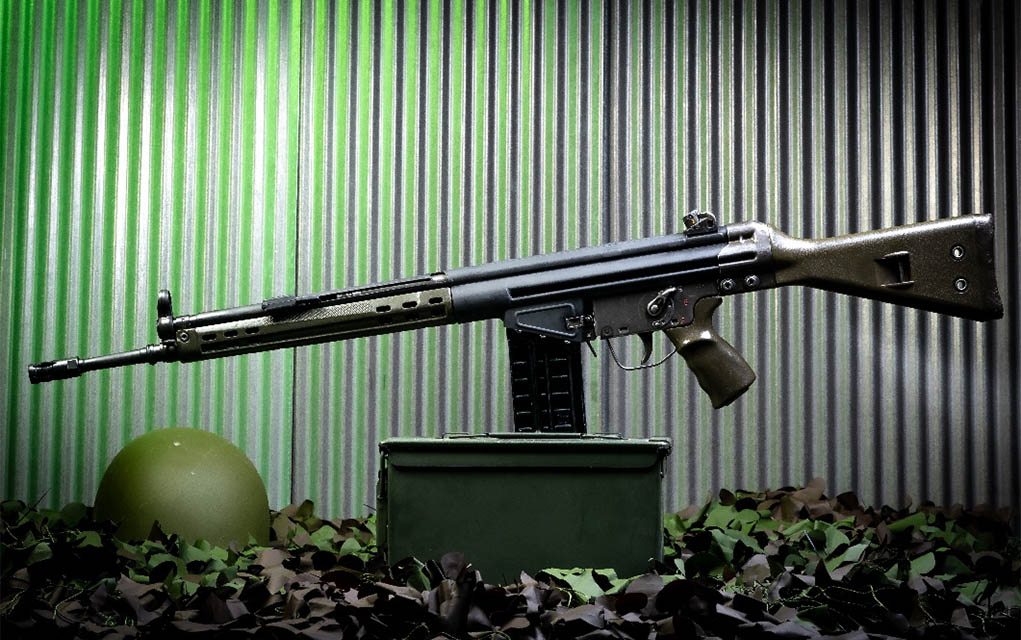
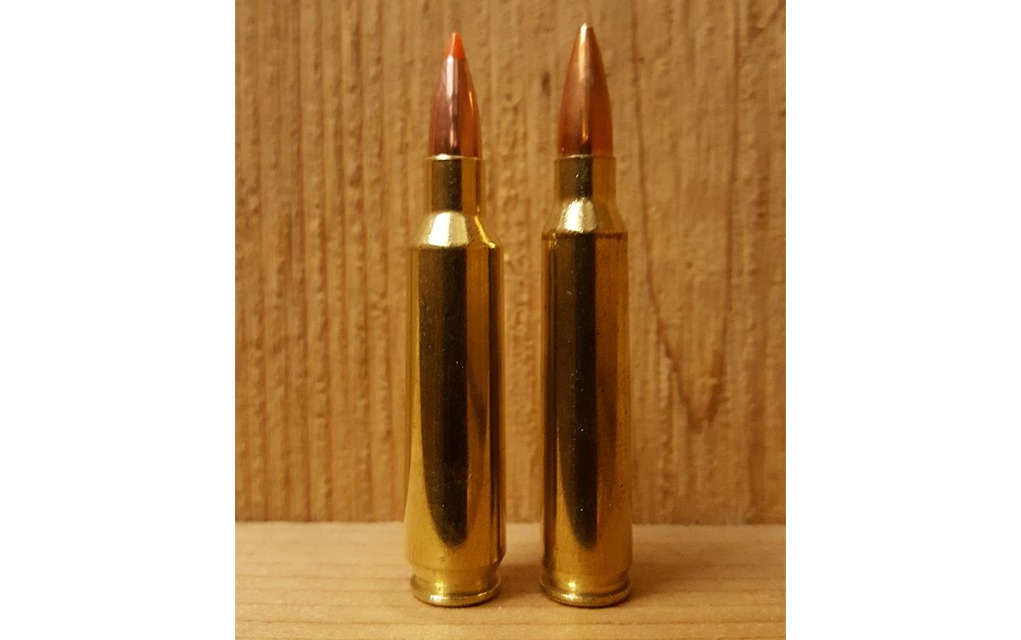
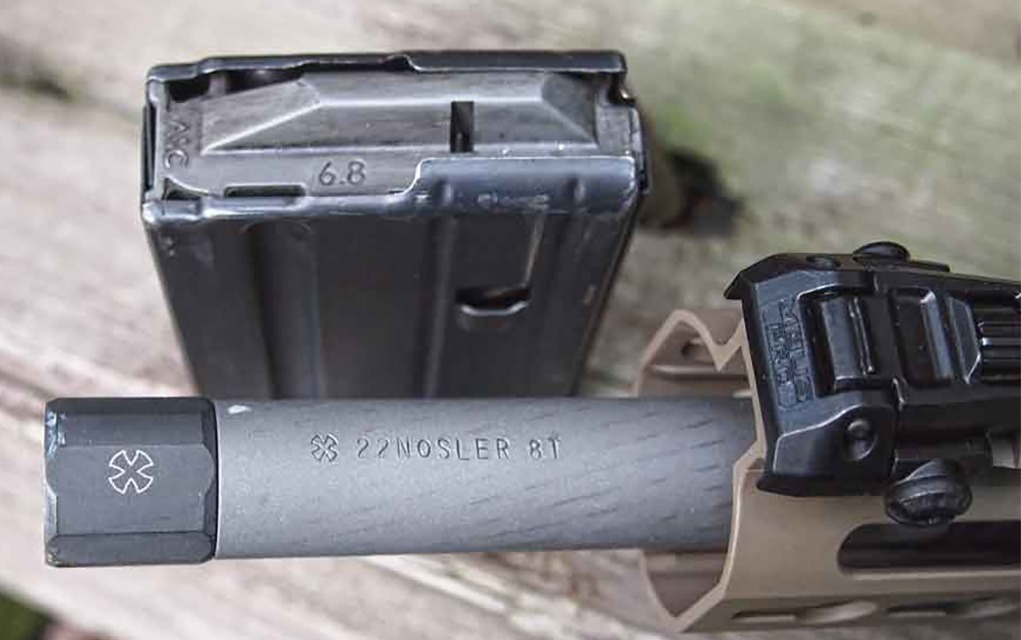

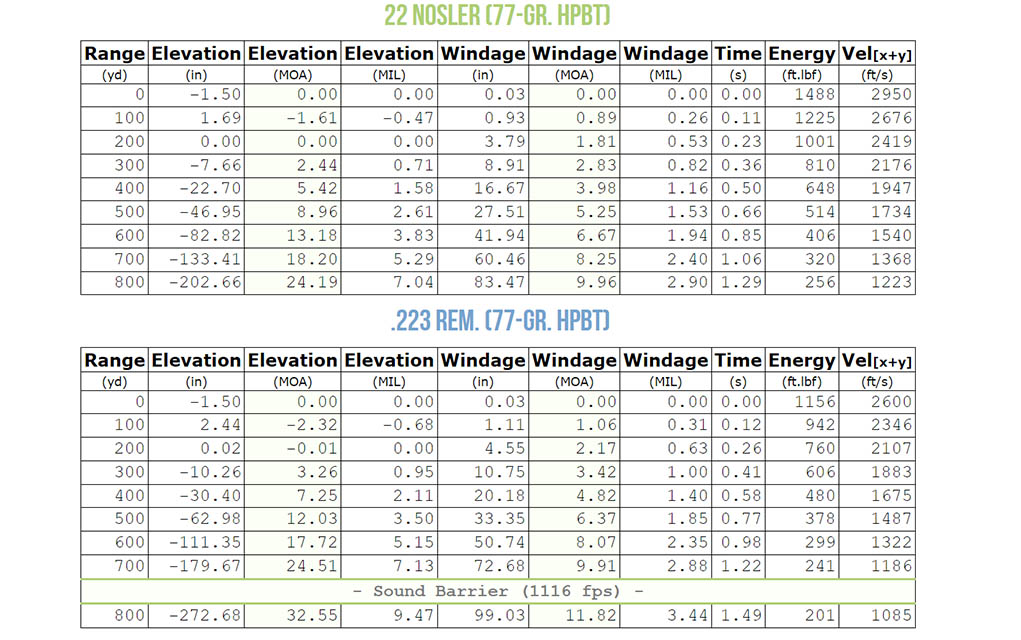
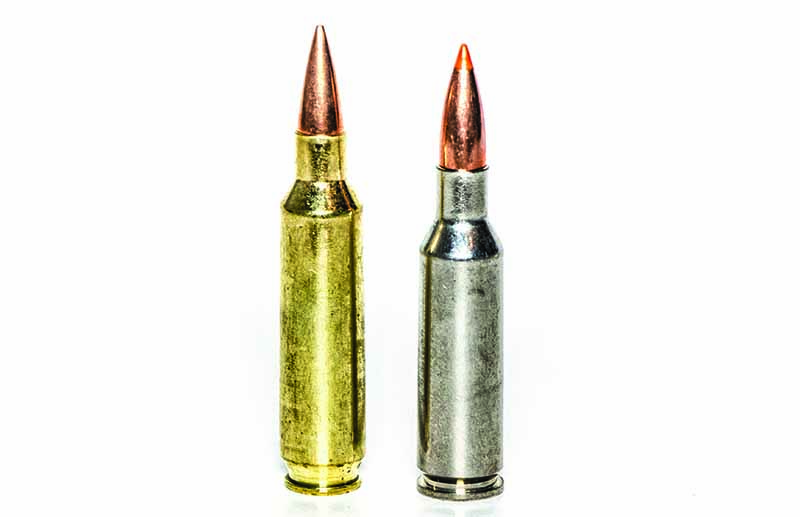
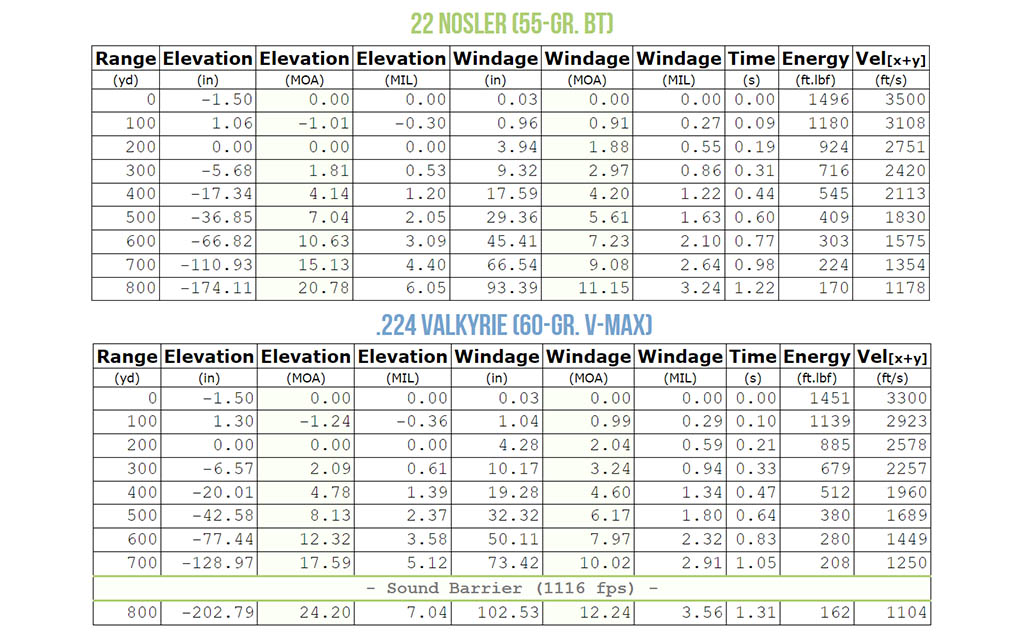
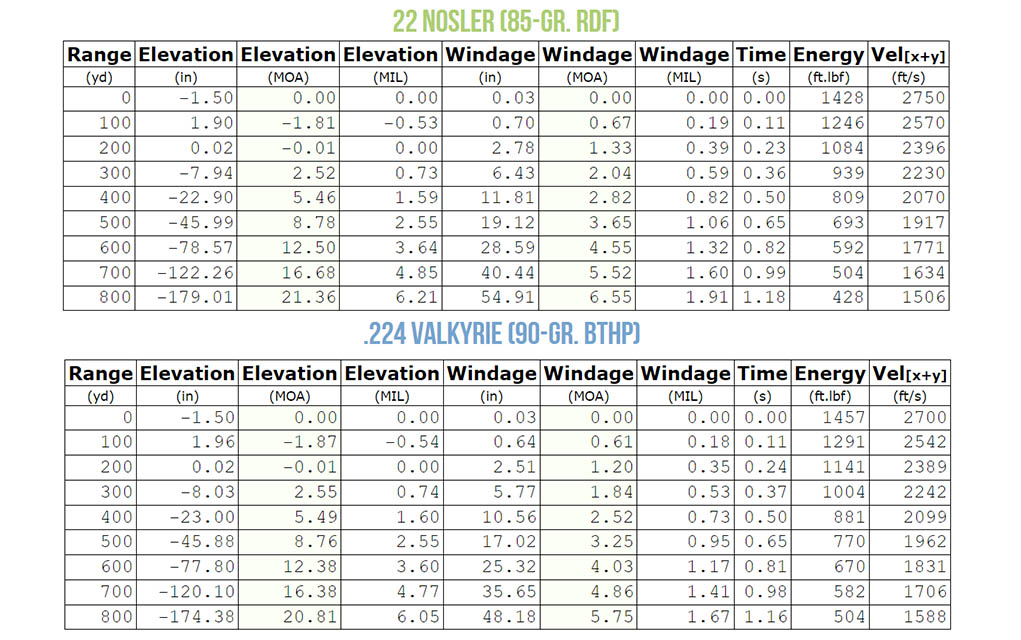
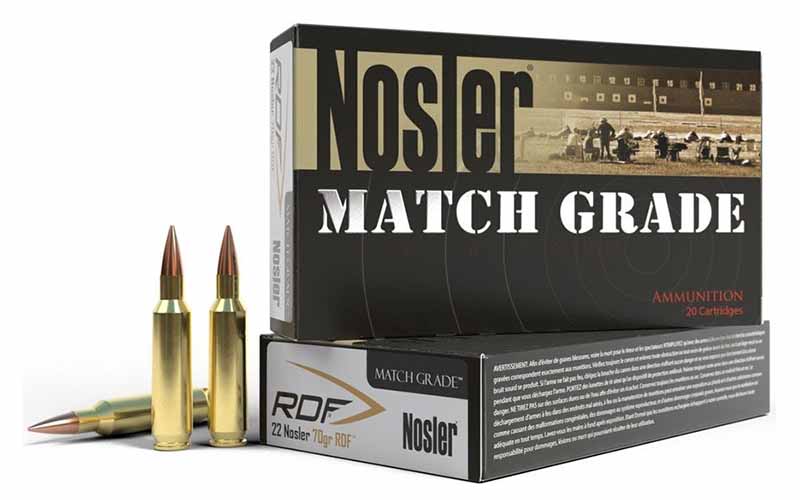
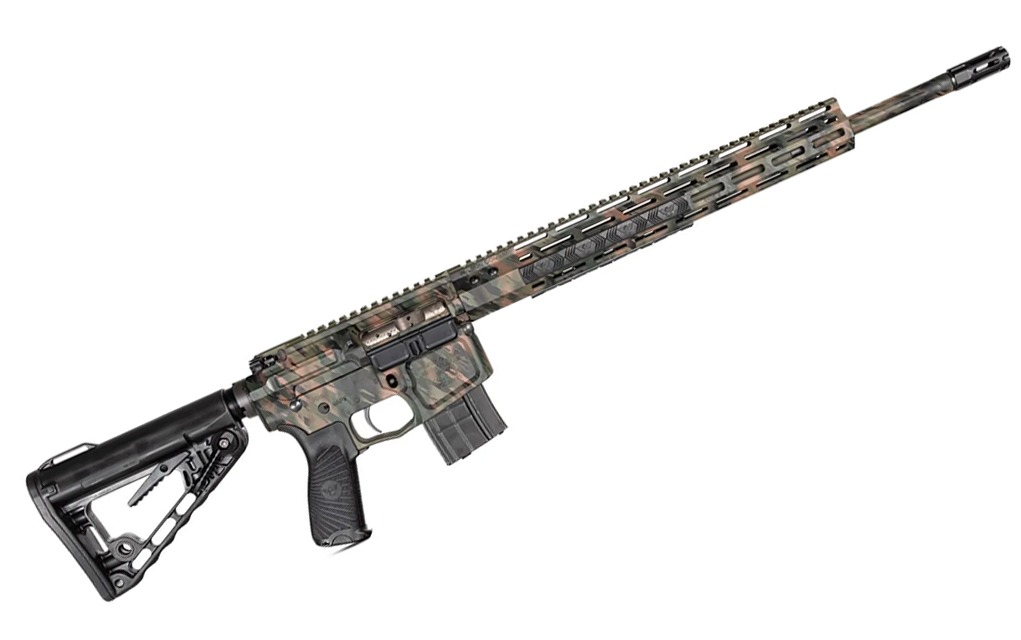

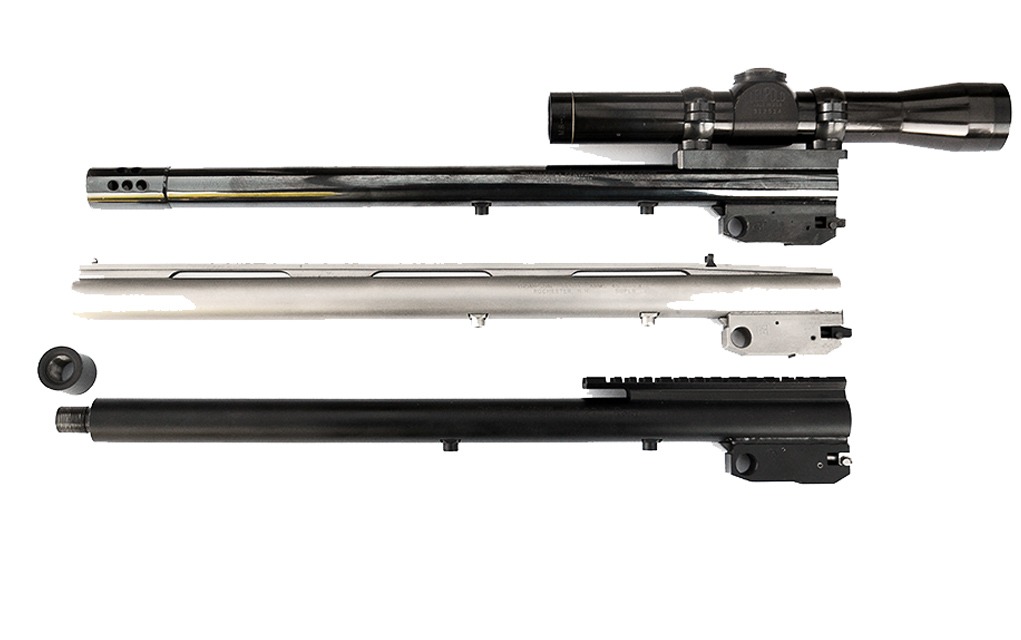
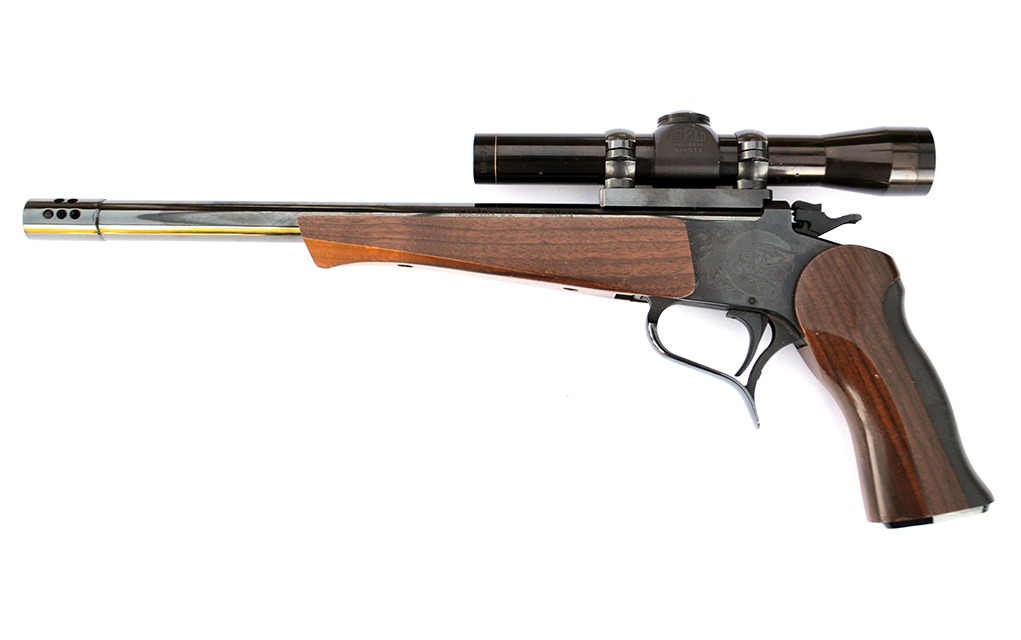



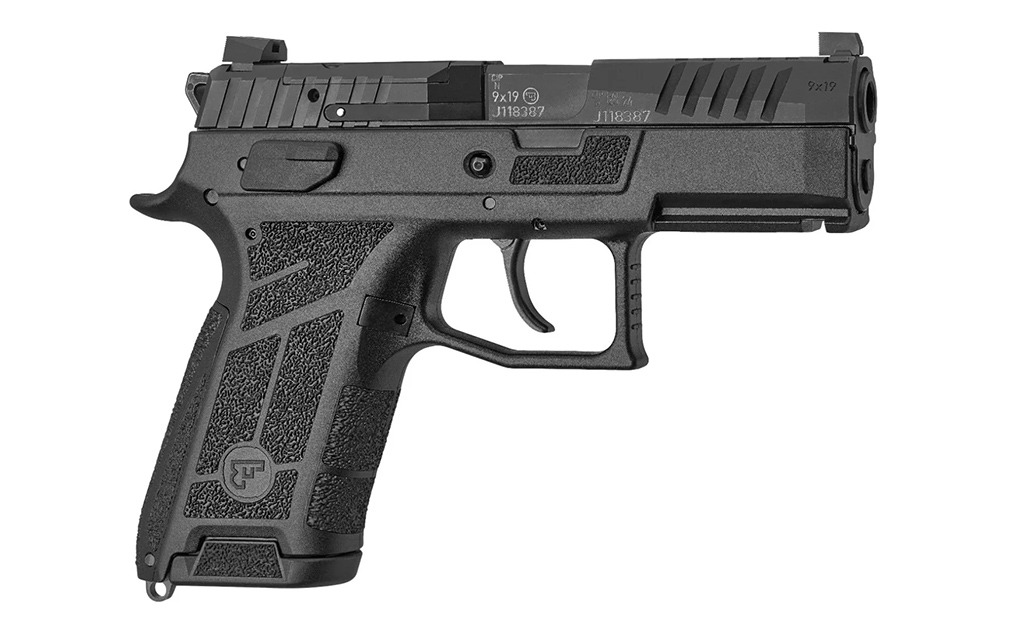
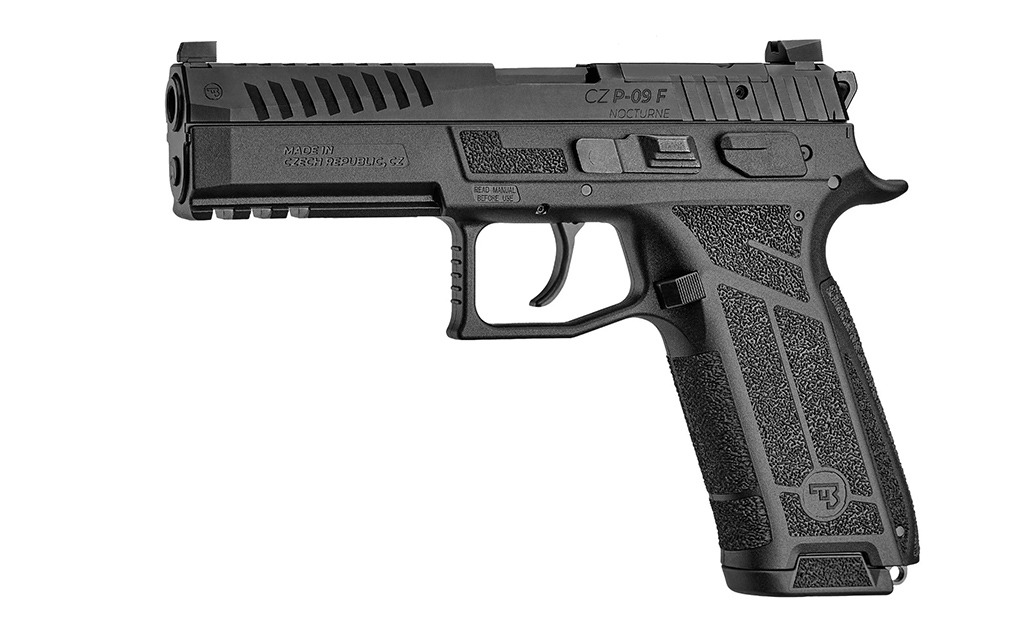

![Best Concealed Carry Guns In 2025 [Field Tested] Wilson Combat EDC X9S 1](https://gundigest.com/wp-content/uploads/Wilson-Combat-EDC-X9S-1-324x160.jpg)


![Best 9mm Carbine: Affordable PCCs [Tested] Ruger Carbine Shooting](https://gundigest.com/wp-content/uploads/Ruger-Carbine-Shooting-100x70.jpg)
![Best AR-15: Top Options Available Today [Field Tested] Harrington and Richardson PSA XM177E2 feature](https://gundigest.com/wp-content/uploads/Harrington-and-Richardson-PSA-XM177E2-feature-100x70.jpg)
